“We can reduce our carbon footprint, and it doesn’t have to be difficult. Here are the ways we are doing it as a family.”
“Our house is on fire,” cries Greta Thunberg and she is not wrong. Greenhouse gas concentrations in the atmosphere are at an all-time high and are still increasing. Plus, we’ve just had the fifth hottest year on record. Climate change is happening all around us, and we don’t know what the future will look like.
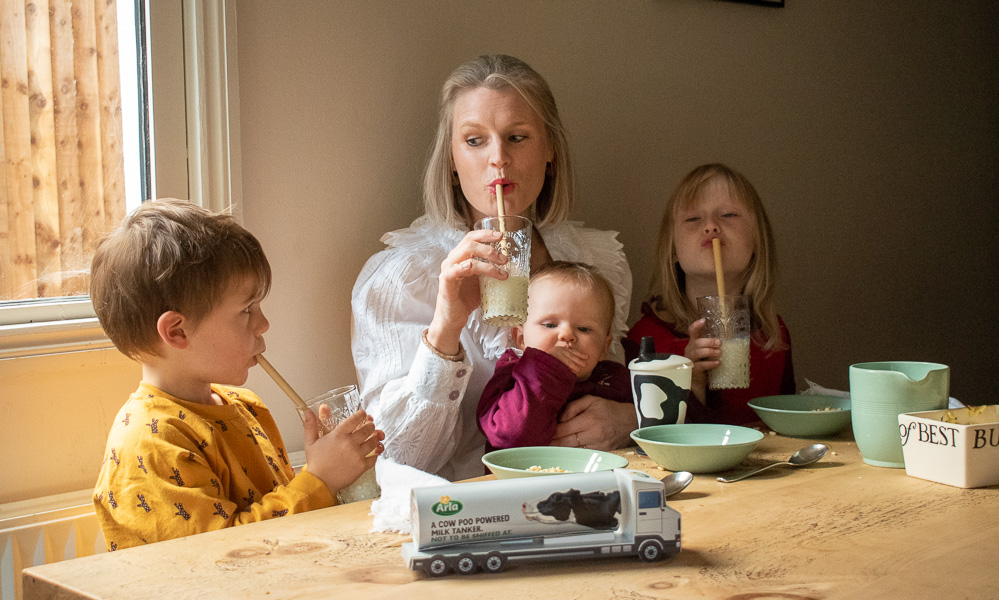
The statistics are scary. But it’s not all doom and gloom, because we can make changes to help reduce our carbon footprint. Changes need to happen on a personal level, as well as a global one. Which is why I’ve partnered with Arla, the UK’s leading dairy cooperative, to tell you about an amazing new initiative they are trialing, to reduce their environmental impact by 80 tonnes of CO2 emissions a year- the equivalent of about 23 car journeys around the world! And also, to share with you the things we are doing to reduce our carbon footprint, that you might want to try too.
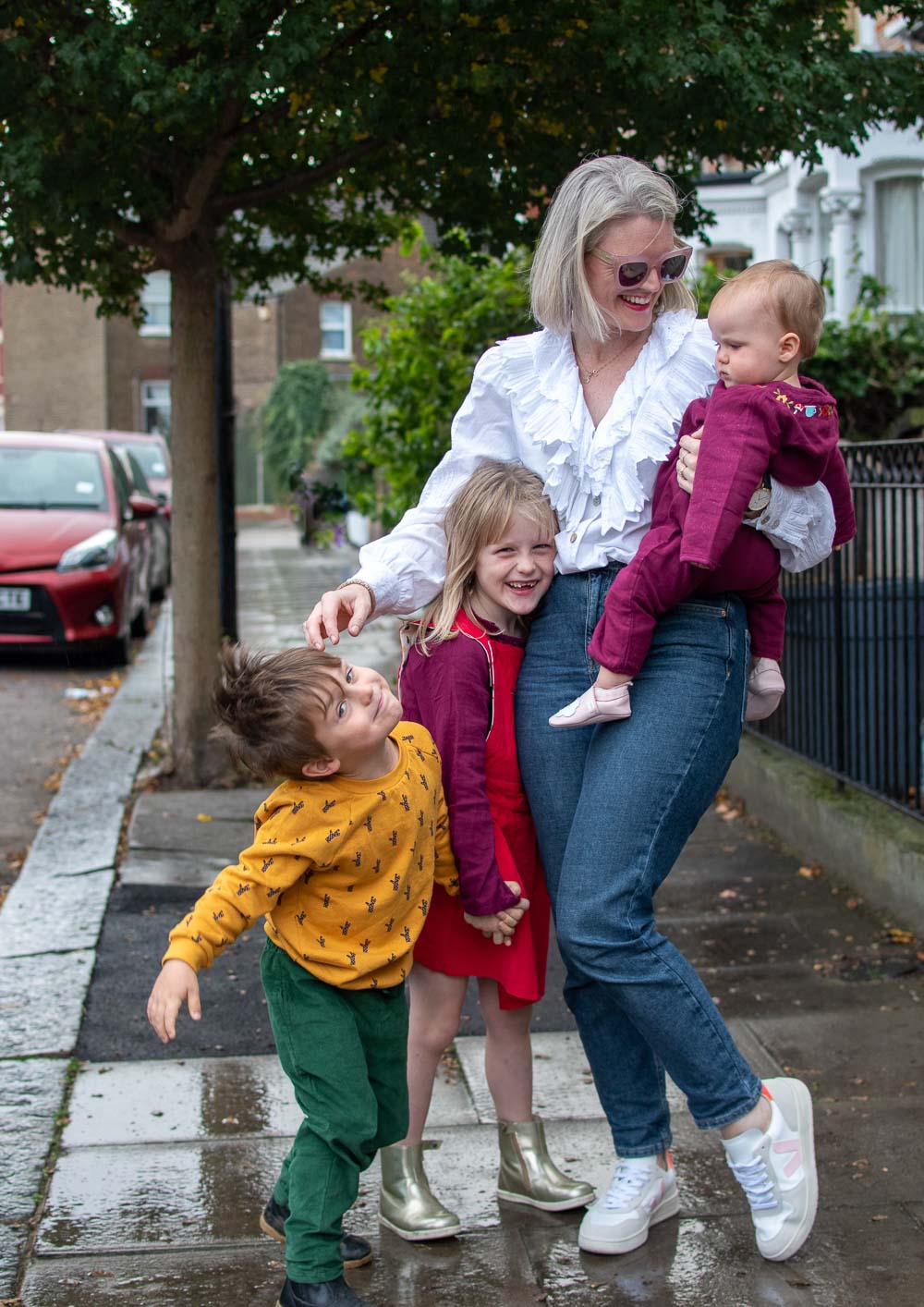
But before I start, it’s time to go back to a school. The lesson? Geography, now get your colouring pencils ready…
What is a carbon footprint?
Simply put, a carbon footprint is the amount of Greenhouse gasses (GHG) that are produced as a result of a person or company’s activities and lifestyle, measured in tonnes of CO2. Now, the problem with greenhouse gases is that they trap heat in the earth’s atmosphere, heating it up. This is having dramatic consequences to our planet, affecting glaciers, oceans, nature, living conditions and livelihoods. There are different types of greenhouse gasses and they include Carbon Dioxide (CO2), Methane (CH4), Nitrous Oxide (N2) and fluorinated gases.
How do you calculate a carbon footprint?
If you don’t know what your carbon footprint is, you can’t change it. The easiest way to work this out is to use a carbon footprint calculator. It won’t be 100% accurate, as naturally they work on averages. But, it will help to highlight those areas that you could change. We calculated ours using one from the WWF. It’s really simple and I did it in about 5 minutes. The UN have a more comprehensive one.
So, who is Arla? And why am I working with them?
Arla are the UK’s leading farmer owned dairy cooperative. Alongside the farmer owners, they recognize that farming and dairy carry a responsibility in the current climate crisis and so are seeking ways to reduce their carbon footprint. Forget horsepower, Arla’s farmers are using cow power in a bid to be more sustainable. For the next three months they are trialing taking cow manure from farms and turning it into usable fuel. As to why I’m working with them, well keep reading.
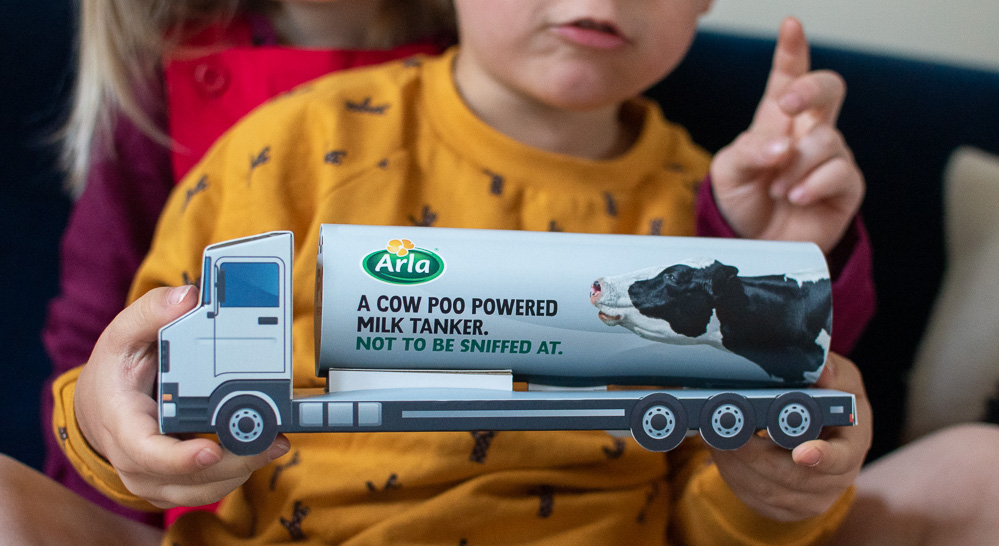
How are Arla reducing their carbon footprint?
Arla’s Poo Power
Arla has adapted two specialist milk tankers to run on biofuel to transport milk between processing sites. What’s really amazing is that every part of the cow poo is used. Poo from 500 cows will be sent to an anaerobic digestion plant where it will be broken down into different components. Clean bio-methane will be converted into fuel and the remaining part will be a nutrient rich fertiliser that can be used on Arla farms. This makes the recycling process a closed loop, which is something that has never been done before. The test will create 27,000kg of biofuel and enable the two milk tankers to travel 90,000km. Also, the trial makes Arla the first UK business to use waste from its farms to power its tankers. The idea is that if this works, they will look to scale it up across their brand and even encourage the rest of the dairy industry, which will be revolutionary for a greener future.
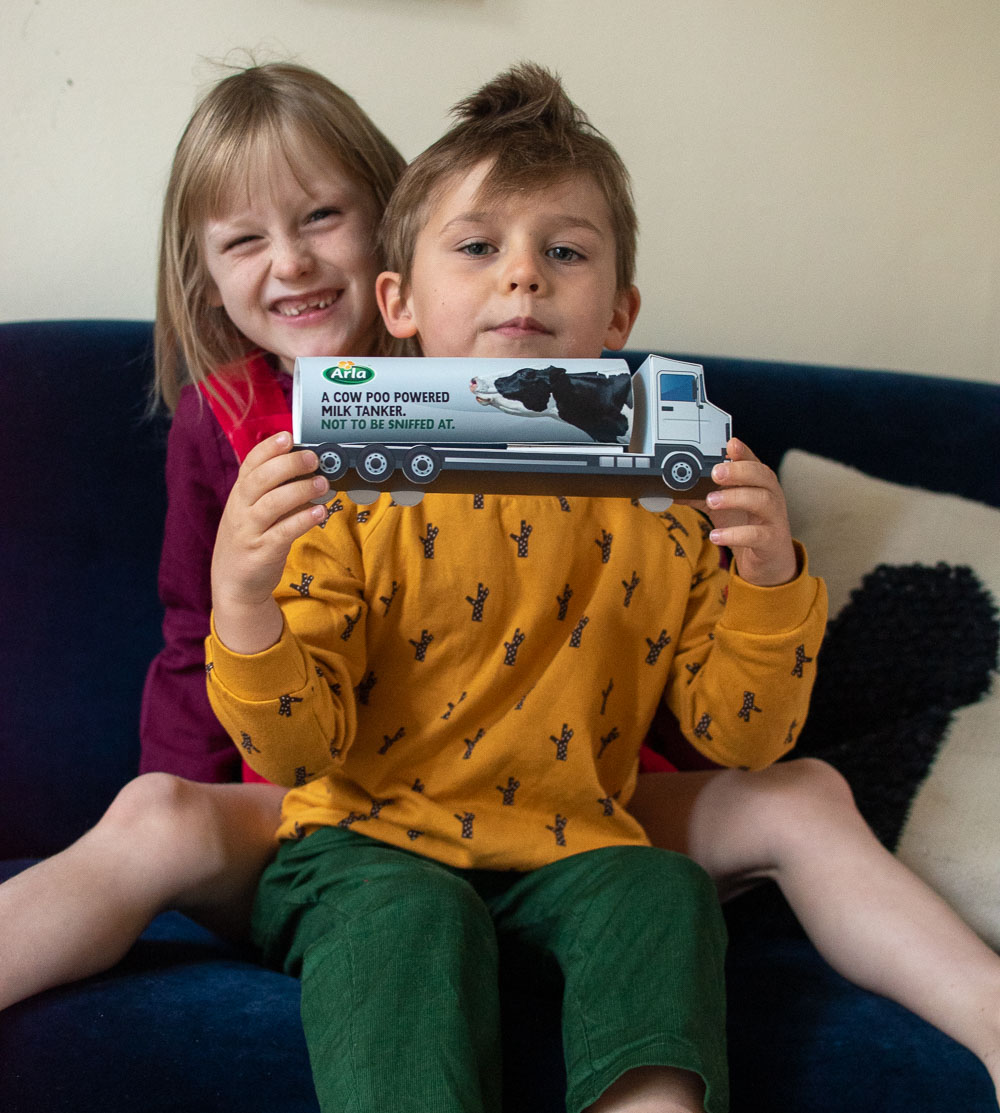
So why are you working with a dairy cooperative?
People often expect me to be vegetarian or vegan and it surprises them when they find out I’m neither. Food choice is a very personal thing and there will be many reasons why we each eat as we do. I am partnering with a dairy cooperative, so I thought you’d want to know why we eat dairy. Personally, I think there are so many factors involved in what makes food sustainable. And we shouldn’t just default to eating the latest “superfood”, grown half-way round the world. I always look for food that comes from local farms with good biodiversity, high welfare standards for animals and, where possible, organic produce. Also, as a mum, I want my kids to eat dairy. Milk and yogurt help to play a part in their diet to give them the calcium to support normal teeth and bones.
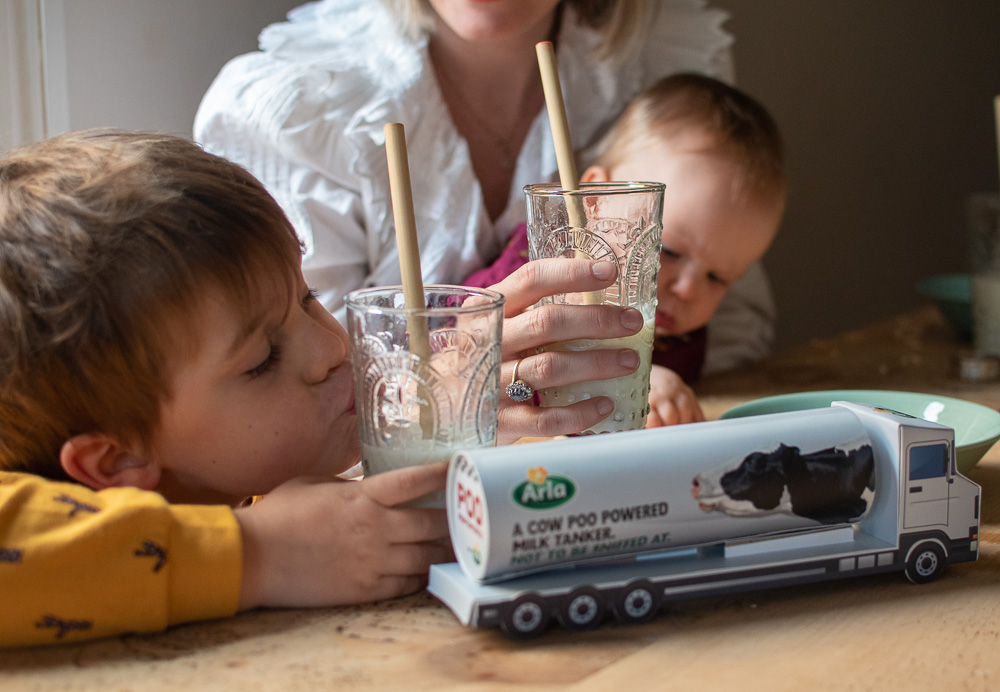
Well, we now know how Arla are reducing their carbon footprint, but what about our family? Well here’s a list of all the areas we’re trying to change to reduce our carbon footprint. We have by no means got it all sorted, as with most of life this is a work in progress. So, do read on.
How we’re reducing our carbon footprint
Travel
There is debate as to whether cars or planes are more polluting, but what’s not debated is that transport is a big contributor to CO2 emissions into the atmosphere. In fact, according to the UK government’s 2019 greenhouse gas emissions report, transport accounts for 34% of all carbon dioxide emissions in the UK. This is the reason as a family we’ve been searching for an eco-friendly car, which is more challenging than you think when you have three children. We also like to get out on our bikes as much as possible. In fact, we regularly make the kids cycle a few miles every weekend. But then my husband is a complete bike fanatic.
So here are a few ways we’re trying to reduce our carbon footprint when we travel:
- Cycling around town
- Walking, walking and more walking
- Embracing UK holidays, or European ones that we can drive and get on the ferry to. (If the governments travel corridors allow it.)
- Looking at options for an electric / Plug-in Hybrid car
Food
Growing, producing, packing and transporting our food all contributes to climate change. It’s the key reason that Arla is creating biofuel for greener transportation. But equally food that is wasted is also a big problem. Food waste that goes into landfill breaks down without oxygen. This process is called anaerobic digestion and causes methane and carbon dioxide to be released. Because these gases are not captured for use, they then go into the atmosphere and contribute to global warming. In fact, if food waste were a country, it would be the third highest emitter of greenhouse gases after the US and China.
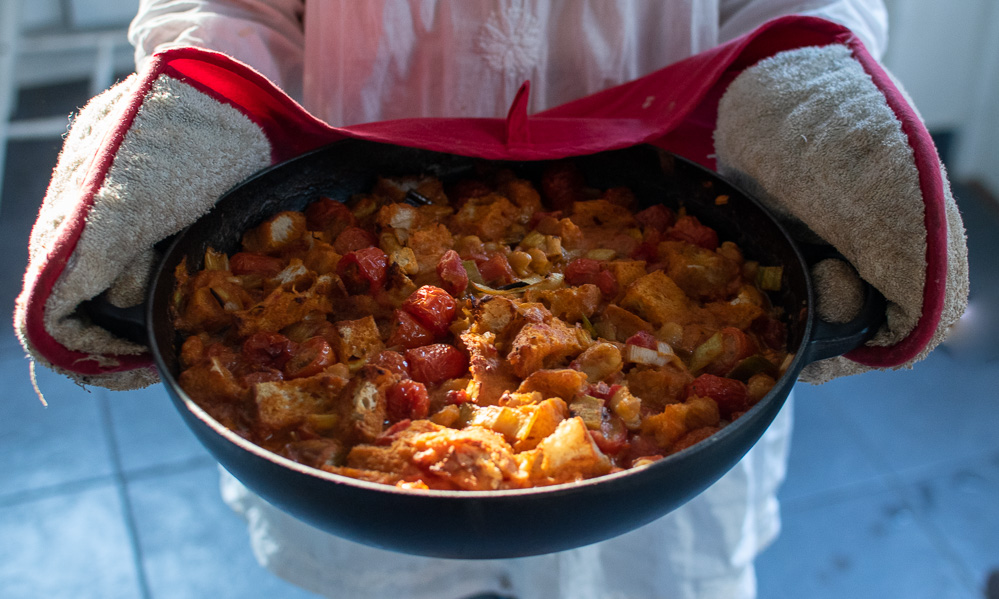
But there are simple changes we can make to combat this. We love composting, it’s where all our fruit and vegetable waste and peelings go, and it creates amazing nutrient rich soil for our garden. Also, wonky fruit and vegetables feature in our household much to the amusement of our kids. Weekly, we rescue a box of food that would have otherwise gone to landfill. I’ve also been trying to eat more plant-based meals. Finding vegetarian meals that the kids wolf down and isn’t pizza has been a challenge. But we’ve now nailed several key recipes which I will share with you soon.
Here are a few things we are trying to do to reduce our carbon footprint through the food we eat:
Shopping
There are so many reason’s that fast fashion just isn’t a good idea; from the pollution it creates through to the way garment workers are treated. But that doesn’t mean you can’t love clothes or buy them. I spent a decade working in the fashion industry and I adore clothes but have totally rethought what I buy and who from.
I used to be a fast fashionista. But now I shop like this to help reduce my carbon footprint:
- Buying vintage or second-hand clothing
- Investing in high quality, sustainably made clothing.
- Repairing clothing, sewing on a button or stitching up a seam. (We have a great local dry cleaner who does the repairs we can’t do)
- Buying from ethical brands who care about their workers and their carbon footprint. For me sustainability needs to encompass every area of a business. A 100% organic cotton T shirt isn’t sustainable if the dyes used pollute rivers and the person making it isn’t paid enough to support their family.
- Rethinking how to reuse old clothes. I’m currently turning my holey T shirts into dish cloths and reusable baby wipes.
- Passing on clothing and baby essentials to siblings, cousins and friends.
Water
Conserving water might not seem the most obvious way of reducing a carbon footprint but treating water and pumping it to our homes all requires energy. Plus, there are so many countries in the world where clean water is a scarcity. And reducing water consumption saves us money as a family.
So, this is how we try and conserve water:
- Teaching our kids to turn off the tap when they brush their teeth.
- Boiling only the water we need in a kettle, something my husband and I argue over constantly as he only ever puts in enough for his cup of tea!
- Using water from the paddling pool to water the garden.

Energy
Where we get our energy from is such a controversial subject at the moment, I could write an entire blog post on it. But, essentially where we need to be as a country is using 100% renewable energy rather than fossil fuels. This is something that will take big infrastructure change across the UK and can feel a bit daunting. Yet, there are simple things that can be done, which save money.
Here is what we’re doing / have done:
- Switched to an energy provider that uses 100% renewable energy.
- Installed LED lights in our home and being conscious to switch them off when we’re not in a room.
- As we need to buy new appliances, making energy efficiency a priority.
- Turning off our TV (i.e. not leaving it on standby), something my Dad has been making me do since I was little.
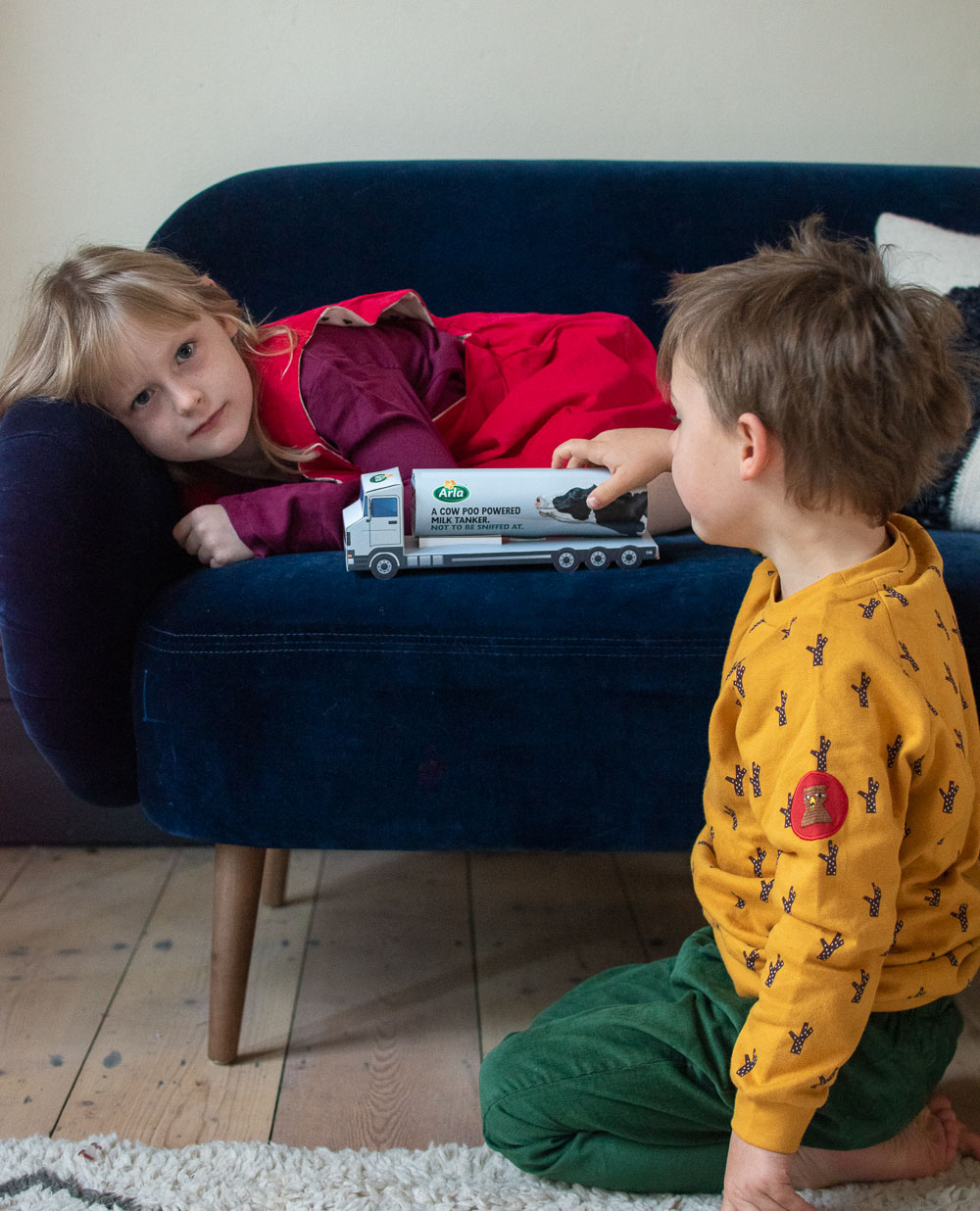
And finally, the power of poo….
There’s no denying we all need to find ways to reduce our carbon footprint. But I really want to stress that while the concept it the same, the solutions will look different for every family. After all, how many of us will using cow poo to power our cars? That said, poo really does have power. Did you know just one bucket of poo has the potential to power a family home for a week? Or that it could boil enough water to make 4,548 cups of tea? Well that really isn’t to be sniffed it.
AD / This is a sponsored post in collaboration with Arla, but as always all opinions are my own.



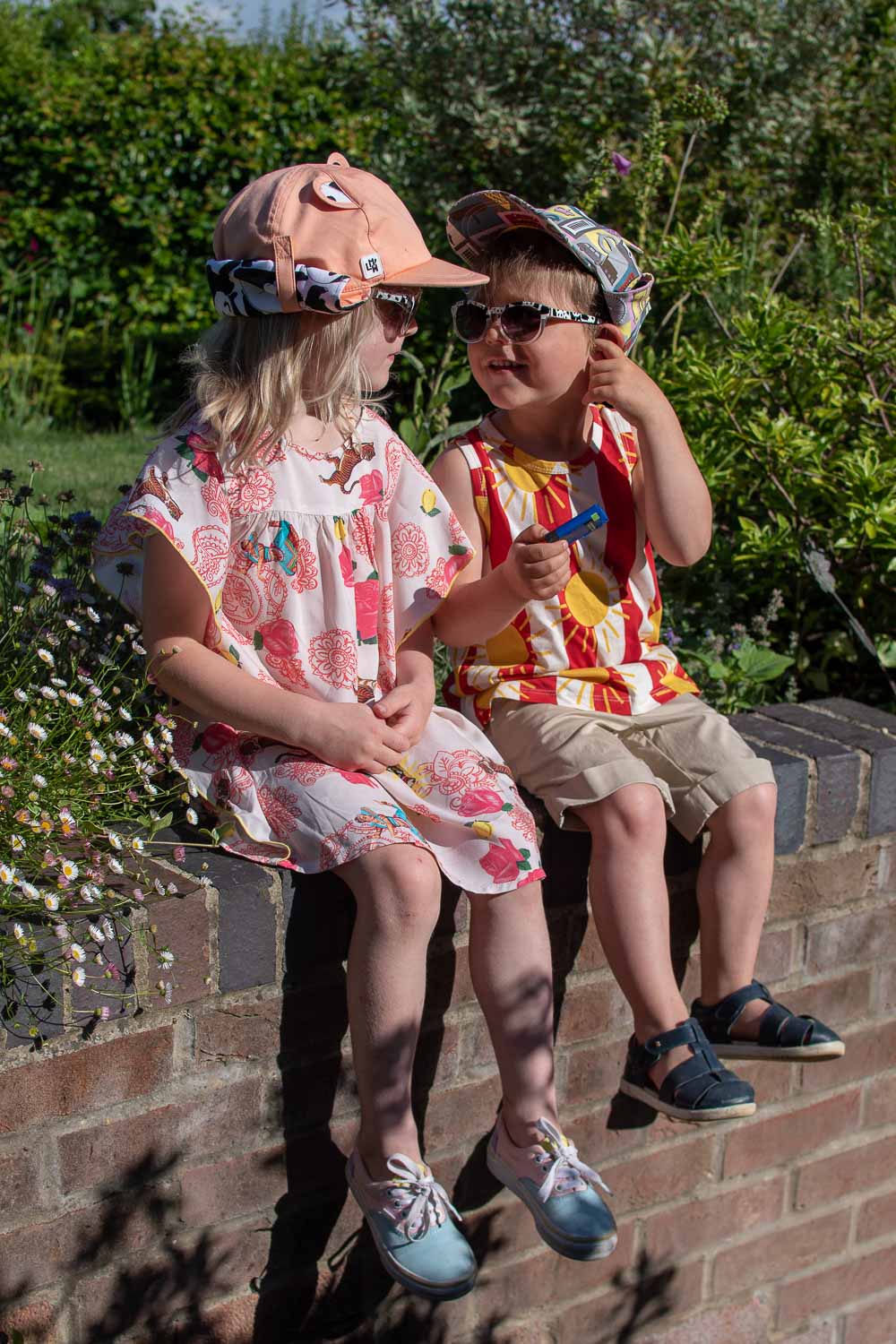
Found this really interesting and informative. Thanks
Author
Glad you liked it 🙂 x